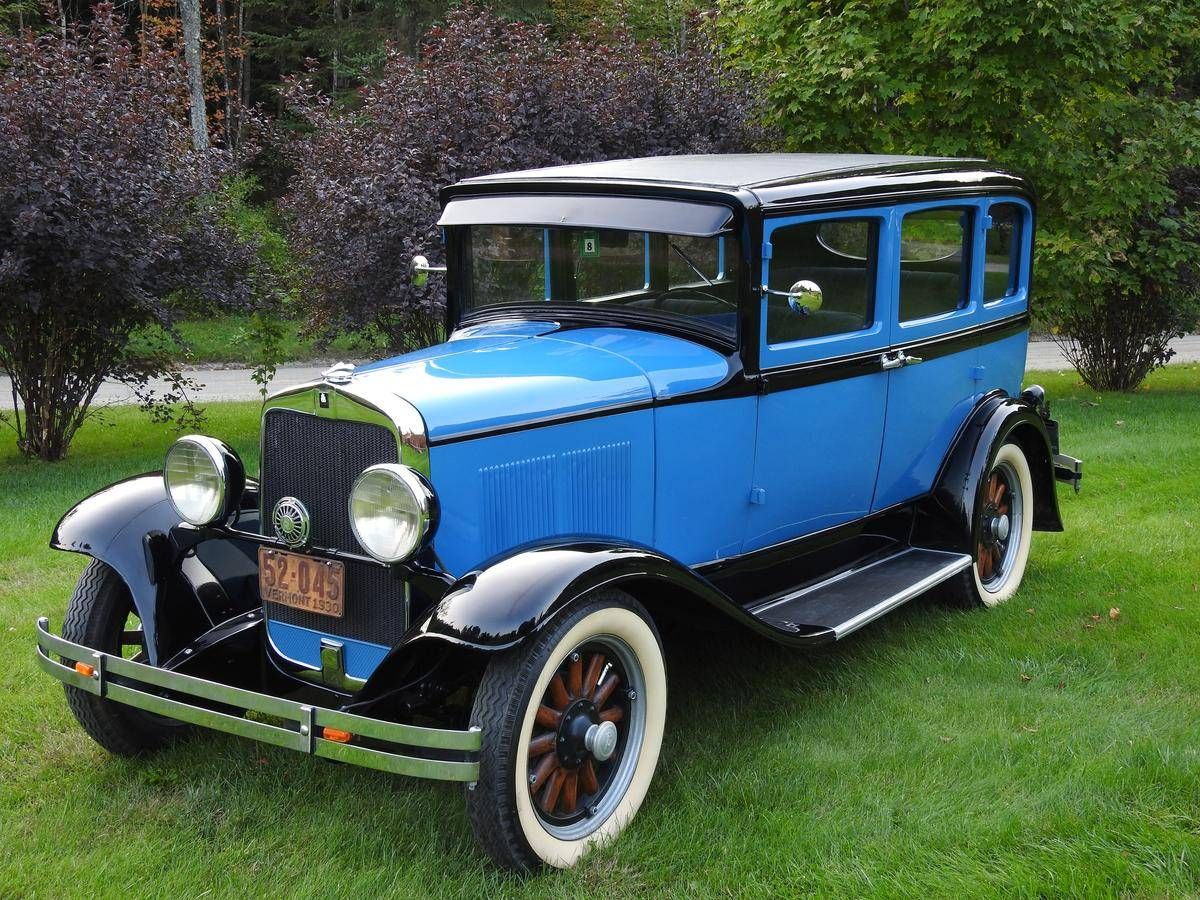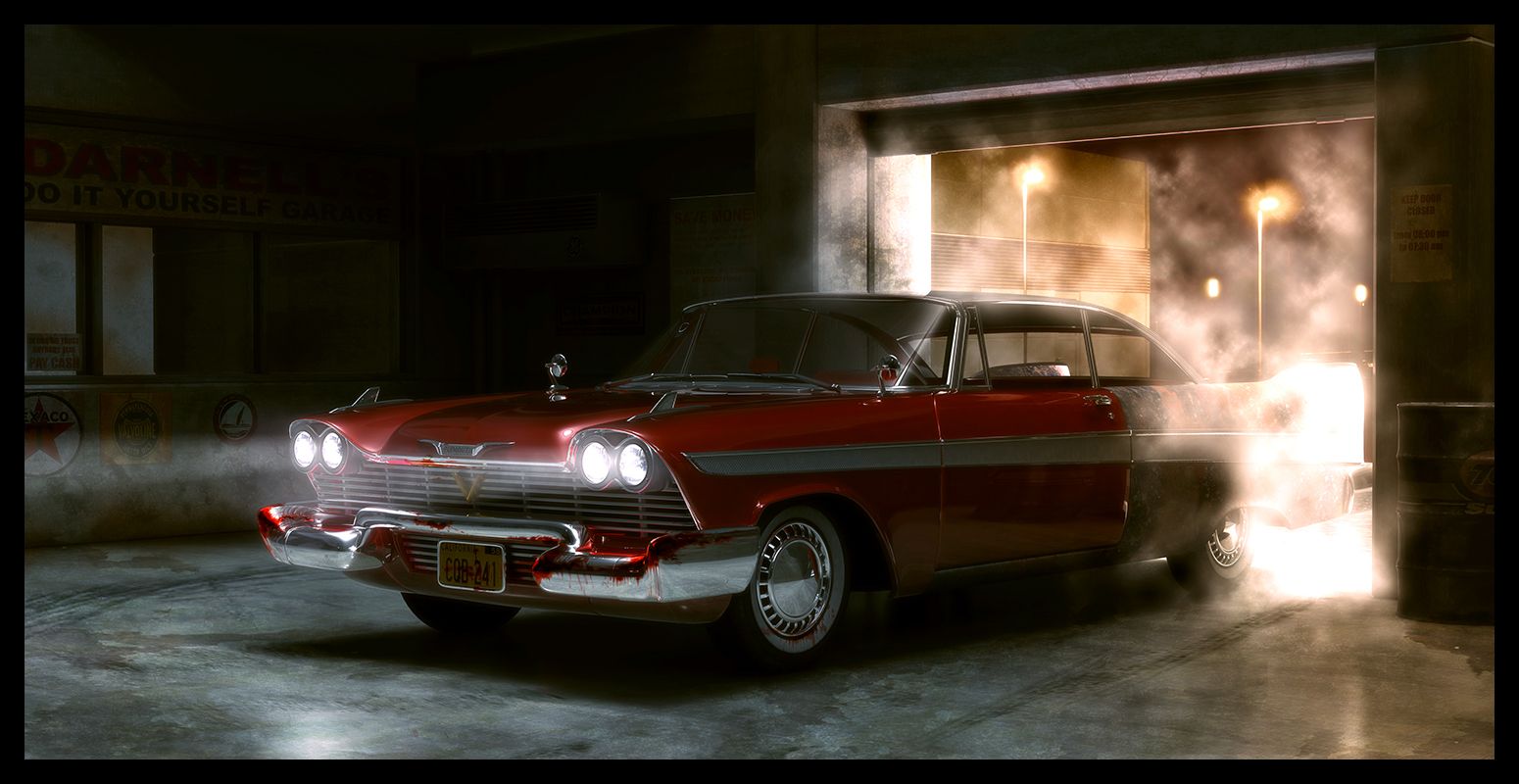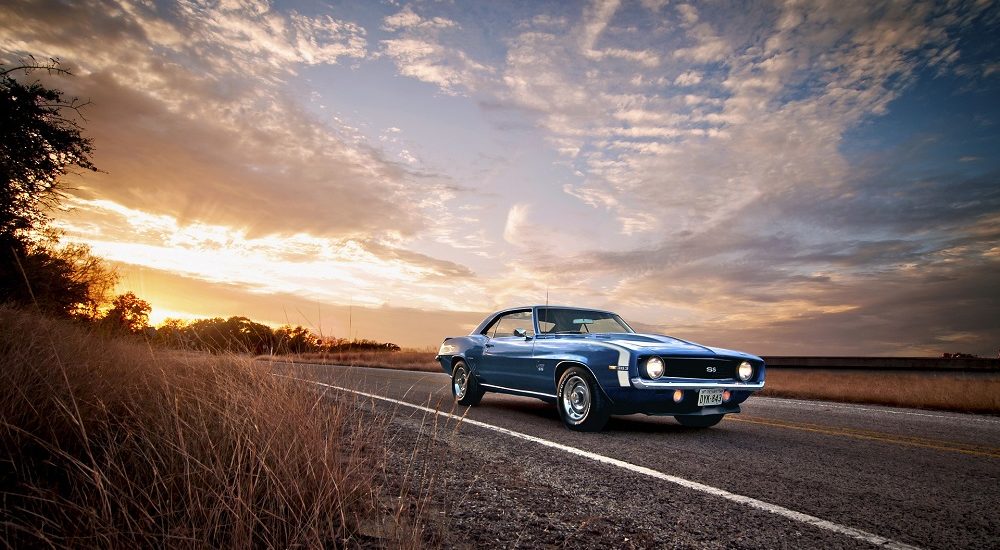The history of the American company for the production of cars Plymouth as an independent unit within the Chrysler Corporation ended in 2001. Nevertheless, it is worth attention. After all, the first Plymouth came off the assembly line in 1928. The logo of the brand was a stylized image of the Mayflower, the ship on which the Pilgrim Fathers arrived in America, landed at Plymouth Rock.
Let’s take a closer look at how this car production arose, what it was remarkable for and why collectors of “car-elders” still appreciate this car brand.
The twenties: the brand’s birth
July 7, 1928 is the birthday of the Plymouth car manufacturing company. For the remaining six months, the company produced only a few cars. These were reliable, structurally more profitable than competitors, relatively inexpensive cars with four-cylinder engines. Ten months after the opening of the car company, an automobile plant appeared in Detroit. The most interesting thing is that the standard equipment of Plymouth cars included a radio, which was quite rare in those days. This thing allowed the company to outperform competitors, which every American car already had quite a lot at that time. Driving a car and listening to news or music at the same time was prestigious. The Plymouth Model U began to be produced in 1930 and immediately won the love of consumers. The car was ordered in tens of thousands. The production began to develop with rapid strides.

The 1930’s and 1940’s
By 1934, the demand for Plymouths was huge. Americans gladly switched to reliable and aesthetically attractive cars. In the summer of the same year, the millionth Plymouth came off the assembly line. Then more and more: in 1942, the Plymouth 14C appeared, where the lighting automatically turned on when the doors were opened. It made a splash. Many Americans wanted to own a car with this innovation. However, wartime for the known period interrupted the production of passenger car models – it was necessary to fulfill military orders. Only in 1945 the company again returned to the production of the 14C and the 15S models (the latter was produced until 1949). At the same time, Plymouth cars were in demand – the buyer preferred them, leaving behind Fords. Only by the middle of the twentieth century, the American car consumer calmed down a little – sales of Plymouths declined. That was partly due to the monotonous design of the car – both outside and inside. Despite the solid, thick-walled body metal, reliability, safety, Plymouths had a meager color range, conservative constructions. They were considered retirees’ cars and taxis. All this caused the need to transform the production policy of the Plymouth model range. The management was aware that otherwise the car company would not survive.
The second half of the 20th century – ups and downs of Plymouths’ production
In the early 1950s, Virgil Exner got a job at the car company. He was committed first of all to introduce the development of V8 powertrains and transmission in the form of an automatic gearbox. In addition, the design of the brand Plymouth’s cars was radically transformed. They began to resemble jet fighters. The automaker even won the award for the best design of the year (“The most beautiful car of the year” award).

In general, the cars produced by the firm Plymouth in 1953-54 changed in appearance, became much more modern and attractive. However, the technical characteristics of the car remained the same and were already outdated. The last factor scared off a considerable share of consumers who wanted to pay money not only for an interesting exterior of the car. In addition, the managers of the company set out to make cars that would compete with European ones. Already in the late 1950s, Plymouths were distinguished by exemplary for its size class handling, provided by the latest front ball-joint suspension on torsion bars.
In the early 1960s, the Valiant was released. In 1964, the Plymouth Barracuda, a two-door pony car produced by Plymouth, went on sale. From 1964 to 1974, there were three generations of the Barracuda. Initially, the Barracuda belonged to a pony car segment, later (in the third generation) becoming a real muscle car. The changed appearance of the car allowed advertising posters to declare that a new model in the company’s range had appeared, and such vehicles were positioned as cars not for everyone. That, in fact, was necessary for the American consumer who wanted to somehow stand out from the mainstream. The name Barracuda was suggested by John Samsen. The Barracuda got from the Valiant: a hood, head optics, a front windshield, quarter lights, fenders, doors, front body pillars and bumpers. The roof, trunk, side windows and rear window were new. By the way, the rear window was created thoroughly. In collaboration with the Pittsburgh Plate Glass company, an exquisitely shaped rear windshield of 1.32 square meters was created – the largest at the time installed on standard production cars. However, in terms of sales, the Barracuda lost heavily to the Ford Mustang, although both models appeared on the American car market almost simultaneously.
In 1965, the Plymouth Barracuda became cooler: it got disc brakes, air conditioning, tachometer, upgraded suspension, etc. The following year added a new grille (with a large grid), taillights and a dash panel with oil pressure sensors. The bonnet also changed, fenders became straight, the bumper – massive.

John Herlitz and John Samsen moved beyond. In the second half of the 1960s, they managed to transform the image of the car into what was called a Coke bottle style. In addition to the Barracuda fastback, there were also hardtop coupes with a convertible. Also at the same time, the company began to implement Federal Motor Vehicle Safety Standards for the U.S. The 1968 Plymouth Barracuda for the South African market had a version with a high-performance 3.7-liter inline 6-cylinder engine, producing 190 hp. The 1969 Plymouth Barracuda received an upgraded 6.3-liter V8, now producing 330 hp. In addition, that’s when the model for the first time began to be equipped with 7.2-liter Magnum engines having 4-chamber Holley carburettors with a capacity of 375 hp.
The Plymouth Barracuda finally “gained weight” and was able to throw off the stigma of “a car for the poor”. In the early 1970s, the company offered consumers a choice of three configurations: the basic, the luxury Gran Coupe and the sports ‘Cuda. However, the impending oil crisis sharply reduced the demand for cars with big engines. Insurance fees for greater power also rose. All this led to almost zero demand for muscle cars. Therefore, companies reduced the production of such cars, transferring their production capacity to a more economical segment. On April 1, 1974, exactly ten years after the first car had been produced, production of the Plymouth Barracuda ended.
For a while, the firm traded other companies’ cars. With the introduction of the Plymouth Reliant front-wheel-drive compact car in 1980, sales began to fill with the company’s own products. The Plymouth Laser, appeared in 1989, didn’t last long – omissions in advertising and marketing policy affected. The Laser was produced only for five years.
The beginning of the end of the Plymouth brand
In the 1990s, the company was mainly engaged in sales of Japanese car models under its brand, but, in addition, it managed to produce the front-wheel drive model Acclaim. An attempt to breathe new life into the production of the company was carried out in 1995, when all the available cars of the brand, except the Acclaim and minivans, were replaced with the only successful compact Neon. In 1996, the production of the medium-size Breeze was launched. But by that point, Plymouth had been already forgotten and not interesting to the buyer. The management of the DaimlerChrysler concern, which at that time owned the company, on the basis of sales data, decided to close down Plymouth due to its unprofitability. By the end of 2001, the remaining in production models were sold with the Chrysler and Dodge logos.

Plymouth cars today require the driver not only the preference of these models, but also a driver’s license (better – an international one). Don’t you have it yet? We invite you to quickly and easily process an international driver’s license on our website. It will not take you much time and effort, especially since this document is useful while driving not only “Americans”.

Published December 20, 2019 • 8m to read



